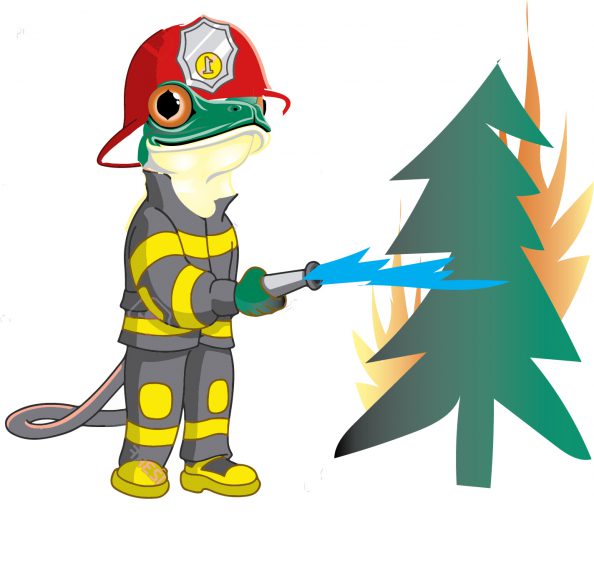 With summer temperatures on the rise, weather, wildfires and public safety dominate the news headlines:
With summer temperatures on the rise, weather, wildfires and public safety dominate the news headlines:
- Weather co-operating with evacuation in Manitoba
- Hot, dry weather in forecast increases BC wildfire risk
- Public safety plays second fiddle in Jasper, Alberta
- Safety concerns dominate Prince George road change meeting
- Gov. Brown’s wildfire plan may make things worse in California
Other forest newsmakers include: Pete Erickson (Nak’azdli First Nation) on the need for balance in BC; Rhys Andrews, (Selkirk College) on their new high-tech research program; Adam Ford (UBC-Okanagan) re: fire’s impact on mule deer; and Jeff Bishop (Forest Nova Scotia) on why forestry workers are a “misunderstood bunch”.
Finally, a prelude to delisting the Grizzley in Montana and a reprise on yesterday’s good-news Softwood Lumber Board story (along with our Tree Frog commentary).
–Kelly McCloskey, Tree Frog Editor


 The U.S. Department of Agriculture announced today that domestic manufacturers and importers of softwood lumber have voted overwhelmingly to continue the efforts of the Softwood Lumber Board. In the referendum… to determine the future of the softwood lumber industry’s market promotion check-off, a super-majority of manufacturing and importing companies established a strong new mandate to advance the program for another term. In a notice to the trade issued today, USDA reported that 78% of companies participating in the referendum representing 94% of volume voted to continue the program. For comparison, when the program began in 2011, 67% of voting companies and 80% of voting volume, respectively, voted to establish the program.
The U.S. Department of Agriculture announced today that domestic manufacturers and importers of softwood lumber have voted overwhelmingly to continue the efforts of the Softwood Lumber Board. In the referendum… to determine the future of the softwood lumber industry’s market promotion check-off, a super-majority of manufacturing and importing companies established a strong new mandate to advance the program for another term. In a notice to the trade issued today, USDA reported that 78% of companies participating in the referendum representing 94% of volume voted to continue the program. For comparison, when the program began in 2011, 67% of voting companies and 80% of voting volume, respectively, voted to establish the program. 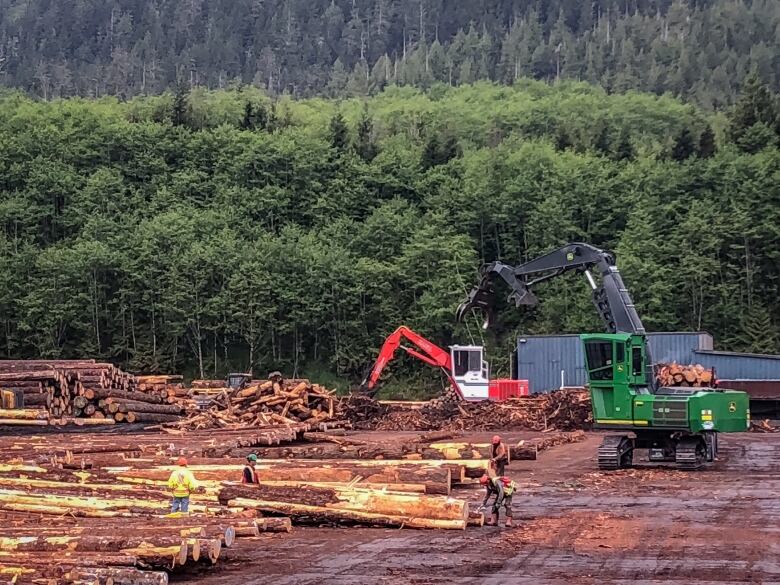










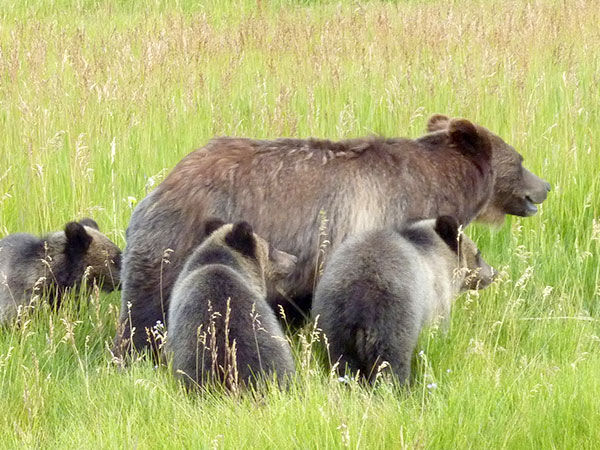
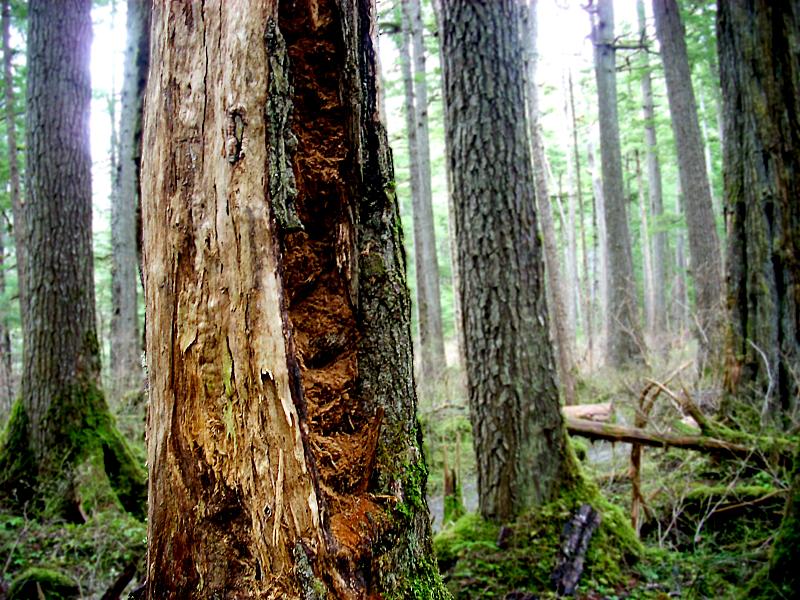


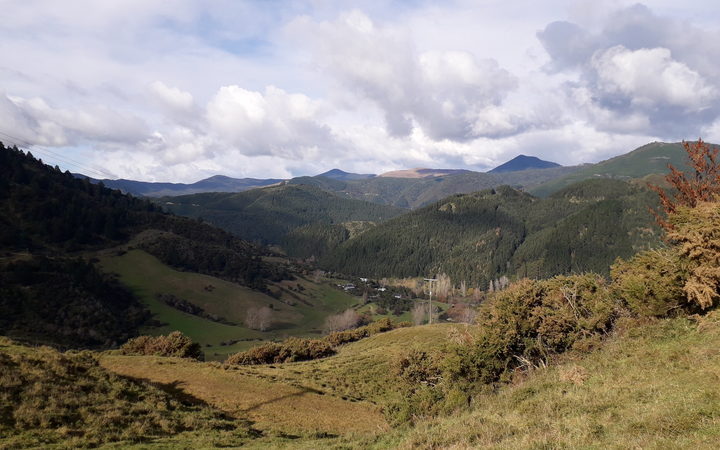



/arc-anglerfish-syd-prod-nzme.s3.amazonaws.com/public/ZT75PTKTVVBNZA6CY7LLVYBGZA.jpg)












